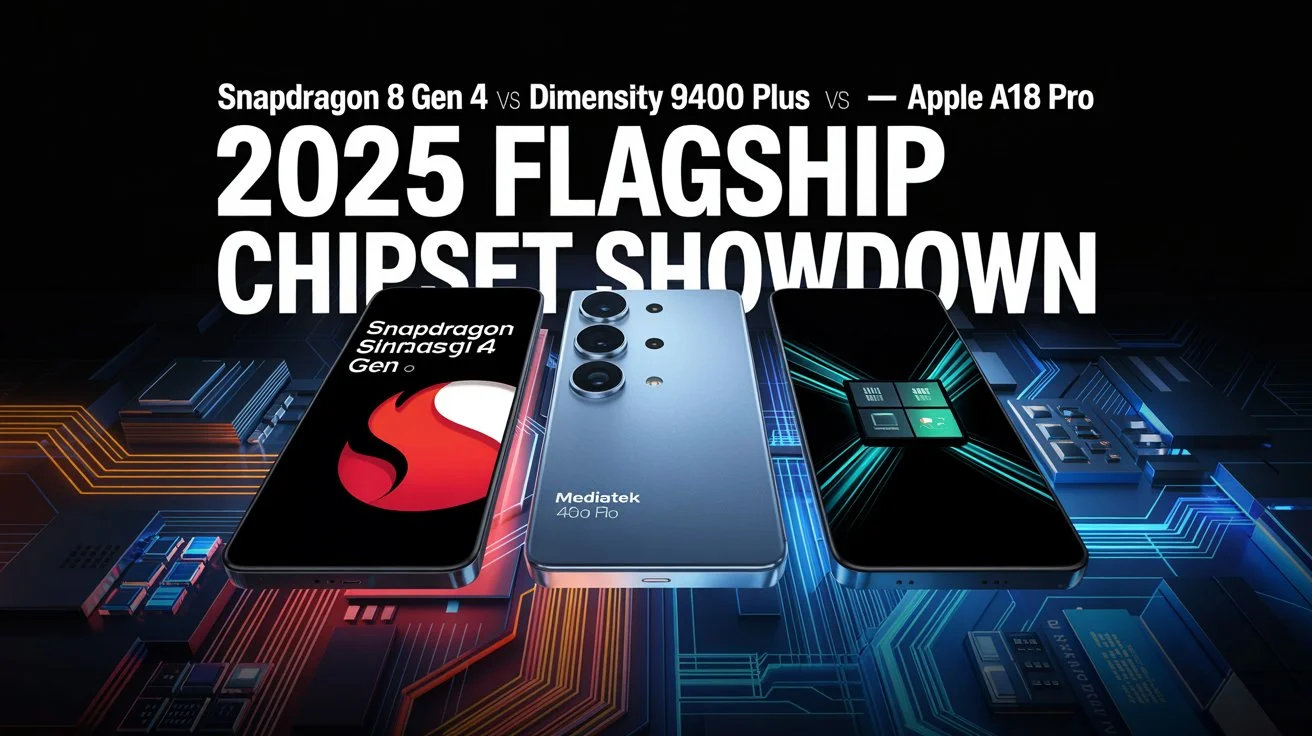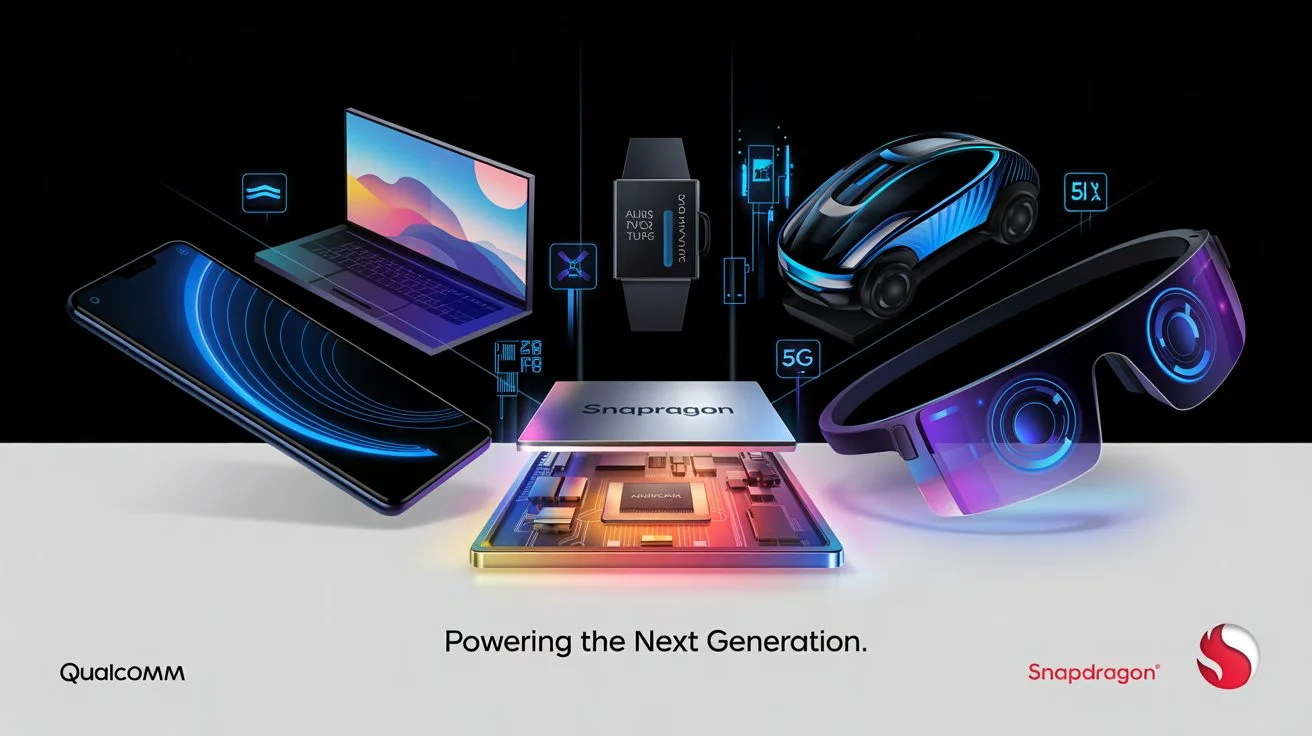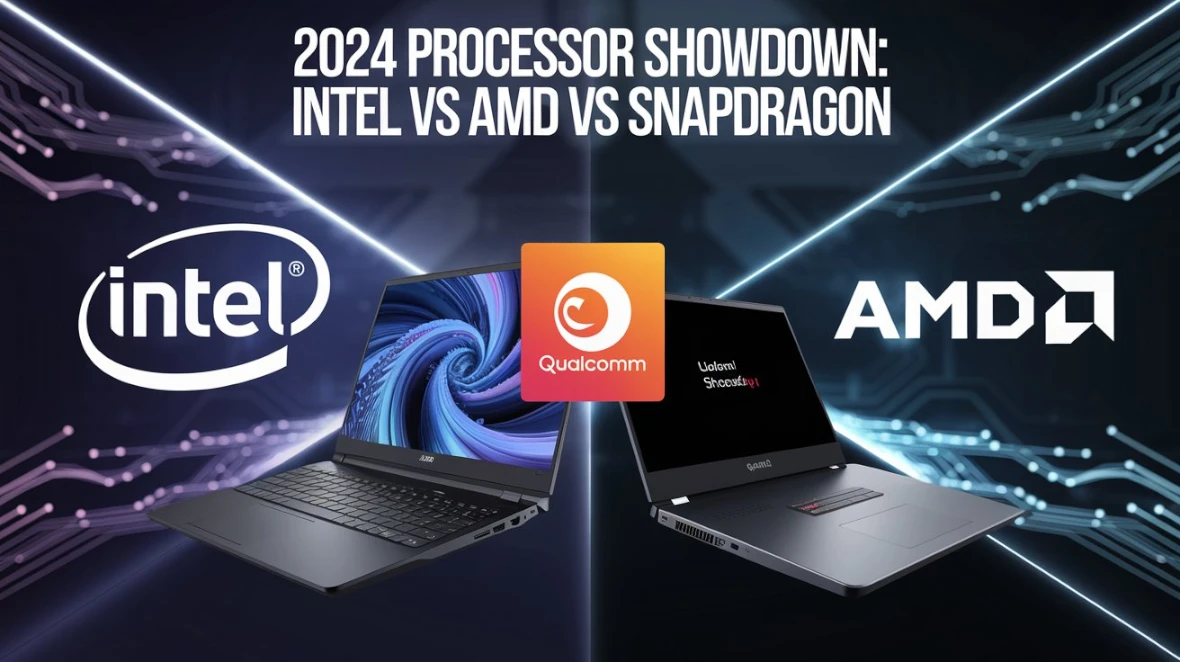Curved vs Flat Display Phones in 2025: Why Flagships Are Switching Back & Budget Phones Love Curves
Table of Contents
The Rise and Fall of Curved Displays
There was a time when curved display phones were a hallmark of premium smartphones. Brands introduced curved screens as a luxury feature, making devices feel more immersive and aesthetically appealing. However, in 2025, we see a clear shift in the market. Budget phones in the Rs 20,000 to Rs 30,000 segment are increasingly featuring curved displays, while flagship models are reverting to flat screens. This begs the question: why are premium brands abandoning curved displays, and why are budget phones embracing them?
How Curved Displays Became Commonplace
The introduction of curved screens in smartphones can be traced back to Samsung, which pioneered the concept with the Galaxy Round. However, the first truly curved display phone was the Samsung Galaxy Note Edge. This design was once reserved for flagship devices, offering a futuristic look and enhanced viewing angles. Over time, as manufacturing costs decreased, curved displays began appearing in mid-range and budget phones.
With curved screens becoming widely available, their once-premium appeal diminished. What was once a defining feature of high-end smartphones is now found in devices priced under Rs 30,000. Consumers no longer see curved displays as a symbol of luxury; instead, they have become an aesthetic trend in budget and mid-range segments.
Discover more about curved display in Smartphone, The Rise and Fall of Curved Screen in Smartphone.
Why Flagships Prefer Flat Displays in 2025
The return to flat displays among premium smartphones is primarily driven by practicality. Flat displays offer better usability, durability, and overall functionality compared to curved screens. Let’s break down the key reasons for this shift:
- Better Durability: Flat screens are more resistant to accidental drops. Curved screens are more fragile due to their edges, making them prone to cracks and breakage. Flat display durability is a major concern for flagship users who expect long-lasting devices.
- Touch Sensitivity Issues: Curved display problems include accidental touches and difficulty in handling. Users often face unintended screen interactions, which can be frustrating, especially when gaming or typing.
- Difficult and Expensive Repairs: Curved display repair cost is significantly higher than that of flat displays. Replacing a curved screen can be two to three times more expensive, making it an impractical choice for many flagship consumers.
- Accessory Compatibility: Finding good screen protectors and cases for curved displays is challenging. Unlike flat screens, which have a universal fit, curved screens require specially designed accessories, often limiting consumer choices.
- Practicality Over Aesthetics: Many flagship phone users prioritize functionality over appearance. While curved screens look futuristic, they don’t necessarily enhance usability. Why Apple uses flat displays is a prime example of this approach. Apple has consistently used flat screens in its iPhones, focusing on practicality and user experience rather than aesthetics alone.
The Budget Market’s Love for Curved Displays
While flagships are moving away from curved displays, budget and mid-range phones are adopting them rapidly. The best curved display phone under 30000INR now comes with premium-looking designs, which appeal to younger consumers who prioritize aesthetics.
- Visual Appeal: Curved displays provide a sleek, modern look, making budget phones appear more expensive than they are.
- Competitive Advantage: To differentiate themselves, brands are using curved screens to attract buyers who want a premium-looking phone at an affordable price.
- Decreased Production Costs: As curved displays become cheaper to manufacture, brands can include them without significantly raising costs.
The Future of Smartphone Displays
While curved displays are becoming mainstream in budget phones, the future of smartphone displays is shifting toward foldable technology. Samsung, which once championed curved displays, is now investing heavily in foldable devices. Future smartphone displays may move beyond traditional flat and curved screens, focusing on innovation like rollable and stretchable panels.
At the same time, advancements in PWM dimming, peak brightness, and high refresh rates continue to improve display quality. Consumers now prioritize these features over curved edges, leading to the decline of curved screens in flagships.
Conclusion: The Curved Display’s Place in 2025
Curved displays will continue to exist, but their premium status has faded. Flagship phones are prioritizing flat display durability and practicality, while budget phones are leveraging curved displays for their aesthetic appeal. Whether you prefer a curved or flat display depends on your priorities—practicality or design.
What do you prefer: a curved display or a flat display? Let us know in the comments below!





